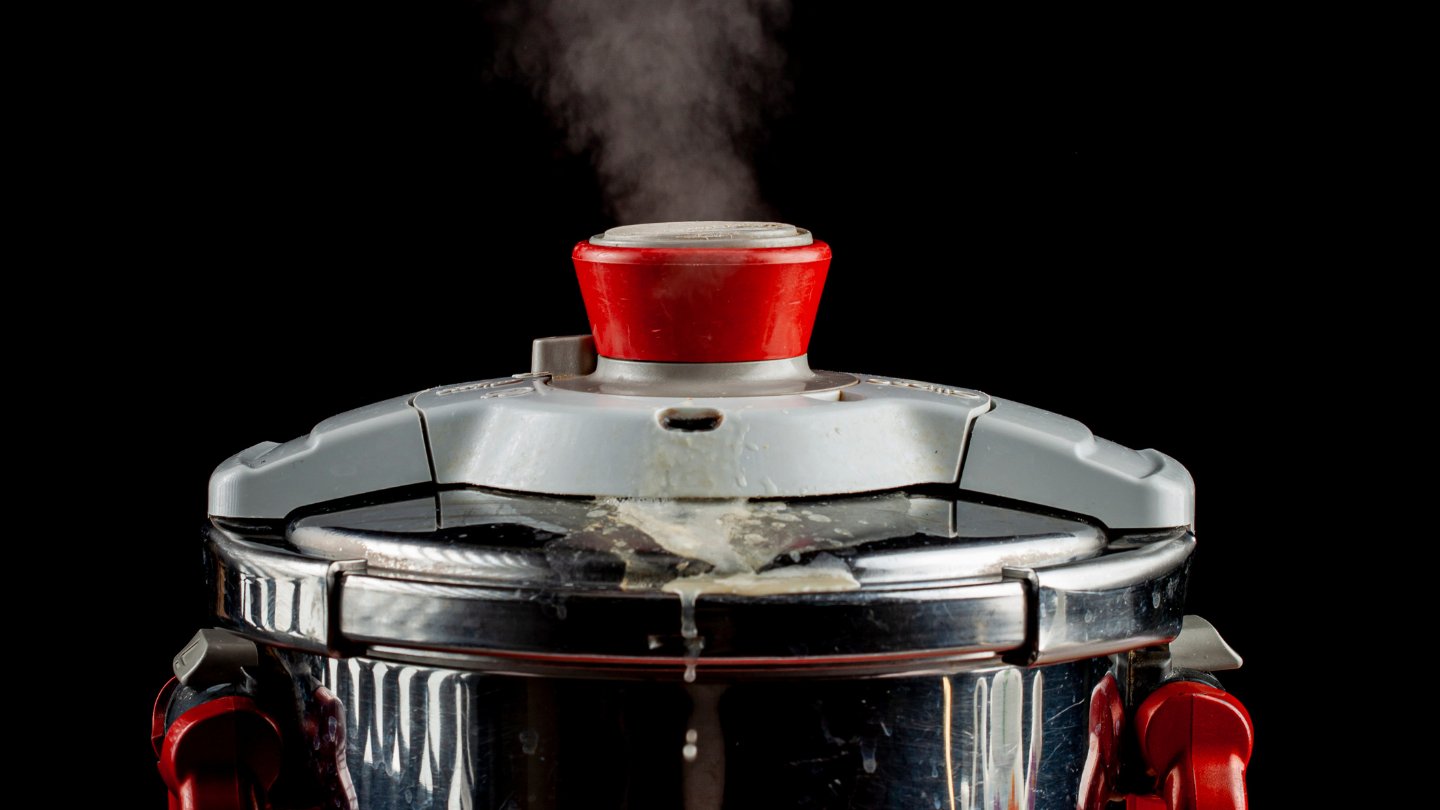

Articles
How Does An Electric Pressure Cooker Work
Modified: November 1, 2024
Discover how articles work. Learn the inner workings of electric pressure cookers and explore their incredible benefits in the kitchen.
(Many of the links in this article redirect to a specific reviewed product. Your purchase of these products through affiliate links helps to generate commission for Storables.com, at no extra cost. Learn more)
Introduction
The invention of electric pressure cookers has revolutionized the way we cook our meals. These modern kitchen appliances offer a convenient and efficient way to prepare a wide variety of dishes without compromising on taste or nutrition. If you’re curious about how an electric pressure cooker works, this article will provide a comprehensive overview of its components, working principle, benefits, safety features, and maintenance tips.
Electric pressure cookers, also known as instant pots or digital pressure cookers, have gained immense popularity in recent years due to their ability to cook meals quickly and retain the natural flavors and nutrients of the ingredients. They offer a versatile cooking method that allows you to prepare everything from tender meats and flavorful stews to perfectly cooked rice and even desserts.
In this article, we will delve into the inner workings of an electric pressure cooker and explore the technology that makes it so efficient and convenient. Whether you’re a seasoned chef or a novice in the kitchen, understanding how these appliances work can help you make the most of their features and create delicious meals with ease.
Key Takeaways:
- Electric pressure cookers utilize steam and pressure to cook food quickly, retaining flavors and nutrients. They offer time savings, versatility, and safety features, making them a valuable addition to any kitchen.
- Understanding the working principle, components, and benefits of electric pressure cookers can help users make the most out of this modern kitchen appliance. Safety, maintenance, and proper cleaning are essential for optimal performance and longevity.
Overview of Electric Pressure Cookers
Electric pressure cookers are kitchen appliances that utilize the power of steam and pressure to cook food quickly and efficiently. They are designed to mimic the traditional stovetop pressure cooker but with added convenience and safety features. These modern devices take advantage of advanced technology to simplify the cooking process and deliver consistent results.
One of the key advantages of electric pressure cookers is their ability to significantly reduce cooking time. The sealed cooking chamber traps steam inside, which raises the internal pressure and temperature. This high pressure and heat accelerate the cooking process, allowing food to be cooked up to 70% faster than conventional cooking methods.
Electric pressure cookers offer a wide range of cooking functions, including pressure cooking, slow cooking, sautéing, steaming, and even baking. They come with pre-set cooking modes and adjustable time and pressure settings, providing versatility and flexibility to suit various recipes.
These appliances are equipped with built-in safety features to prevent accidents and ensure safe operation. They have pressure relief valves that release excess steam if the pressure inside the cooker exceeds a certain limit. Additionally, most electric pressure cookers have locking mechanisms that prevent the lid from being opened when there is still pressure inside.
Furthermore, many electric pressure cookers have additional features such as delay timers, keep warm functions, and programmable settings, making them incredibly user-friendly and convenient. These features allow you to set a specific cooking time, delay the start of cooking, or keep the food warm after it has finished cooking.
The popularity of electric pressure cookers can be attributed to their ability to cook a wide variety of dishes with minimum effort. From soups and stews to rice, beans, poultry, and even desserts, these appliances offer a one-stop solution for all your cooking needs. With their precise temperature control and even heat distribution, electric pressure cookers ensure evenly cooked and flavorful meals every time.
Overall, electric pressure cookers provide a time-saving, energy-efficient, and hassle-free method of cooking. Whether you’re a busy professional or a home cook looking for convenience, an electric pressure cooker can be an invaluable addition to your kitchen arsenal.
Pressure Cooking Basics
Pressure cooking is a cooking method that involves cooking food under high pressure and temperature. This technique allows for faster cooking times and better retention of flavors and nutrients in the food. Understanding the basics of pressure cooking will help you make the most of your electric pressure cooker and achieve delicious results.
The primary principle behind pressure cooking is the use of steam pressure to raise the temperature of the food being cooked. When you seal the electric pressure cooker and heat it, the water or liquid inside the cooker generates steam. As the steam builds up, it creates pressure, which in turn raises the boiling point of the liquid. The increased pressure and temperature inside the cooker lead to faster cooking times.
Pressure cookers typically have a pressure release valve or a pressure regulator that allows you to control the pressure inside the cooker. By adjusting the pressure settings, you can cook different types of food at the optimal pressure level, ensuring that they are cooked to perfection.
It’s important to note that certain foods, such as grains and legumes, benefit greatly from pressure cooking. The high pressure and heat penetrate the tough outer layers of these foods, resulting in quicker cooking and improved texture. Additionally, the increased pressure helps to break down the fibers in tough cuts of meat, making them tender and flavorful.
When using an electric pressure cooker, it’s essential to follow the recommended cooking times and pressure levels for different foods. Each recipe may require specific settings, so it’s important to read and understand the instruction manual provided with your electric pressure cooker. This will ensure that you achieve the best results for each dish you prepare.
Another aspect of pressure cooking is the release of pressure after the cooking process. There are two main methods for releasing pressure in an electric pressure cooker: natural release and quick release. Natural release involves allowing the pressure to dissipate naturally over a period of time, while quick release involves manually releasing the pressure using the pressure release valve. The choice of release method depends on the recipe and the desired texture of the food.
Overall, pressure cooking is a versatile and efficient cooking method that can help you save time in the kitchen while producing delicious and nutritious meals. With the appropriate settings and techniques, you can take full advantage of the benefits of pressure cooking using your electric pressure cooker.
Components of an Electric Pressure Cooker
An electric pressure cooker consists of several key components that work together to ensure efficient and safe cooking. Understanding the different parts of your electric pressure cooker will help you use it effectively and make the most out of its features. Here are the main components of an electric pressure cooker:
- Cooking Pot: The cooking pot is the main chamber where you place your ingredients for cooking. It is usually made of stainless steel or non-stick material and is designed to distribute heat evenly for uniform cooking.
- Lid: The lid of the electric pressure cooker is an important component as it seals the cooking pot, creating a closed environment for pressure cooking. The lid has a rubber gasket that ensures an airtight seal, preventing steam from escaping during cooking.
- Pressure Release Valve: The pressure release valve is responsible for regulating the pressure inside the cooker. It allows steam to escape when the pressure inside the cooker exceeds a certain level. This prevents excessive pressure buildup and ensures safe cooking.
- Pressure Indicator: The pressure indicator is a small disc or pin located on the lid of the pressure cooker. It rises when the pressure inside the cooker reaches the desired level, indicating that cooking has begun.
- Control Panel: The control panel is the interface on the front of the electric pressure cooker that allows you to control the cooking settings. It typically includes buttons, digital displays, and pre-set cooking programs for convenience.
- Sealing Ring: The sealing ring is a rubber gasket that is placed around the inside edge of the lid. It helps to create an airtight seal when the lid is closed, ensuring that steam and pressure remain inside the cooker during cooking.
- Cooking Rack: Some electric pressure cookers come with a cooking rack or trivet. This accessory is useful for elevating food above the liquid, allowing for steaming or cooking delicate items without direct contact with the cooking liquid.
- Outer Housing: The outer housing of the electric pressure cooker is usually made of heat-resistant material and houses the heating element, control panel, and other internal components. It helps to insulate the cooker and protect the user from the heat generated during cooking.
These components work together to create a controlled cooking environment inside the electric pressure cooker. The sealed chamber, combined with the pressure and temperature generated by the heating element, allows for fast and efficient cooking while preserving the flavors and nutrients of the food.
Understanding the various components of your electric pressure cooker will enable you to use it effectively and make the most out of its features. By familiarizing yourself with these parts, you can confidently navigate the settings and functions of your electric pressure cooker and create delicious meals with ease.
Working Principle of Electric Pressure Cookers
Electric pressure cookers operate on a simple yet highly efficient working principle. These appliances use a combination of heat, pressure, and steam to cook food quickly and evenly. Understanding the working principle of an electric pressure cooker will allow you to harness its full potential and achieve fantastic cooking results.
The first step in the working process of an electric pressure cooker is adding liquid to the cooking pot. This liquid can be water, broth, or any other cooking liquid necessary for the recipe. The liquid is essential in creating steam, which generates the pressure required for cooking.
Once the liquid is added, the cooking pot is sealed with the lid, ensuring an airtight environment. This airtight seal traps the steam inside the cooker, preventing it from escaping. As the heat is applied and the liquid inside starts to boil, steam is produced, building up pressure within the cooker.
As the pressure increases, the boiling point of the liquid inside the cooker also rises. The higher temperature allows for faster cooking times and the breakdown of tough fibers in foods such as meats and legumes.
Electric pressure cookers have a built-in heating element located beneath the cooking pot. This heating element produces the heat necessary to generate steam and increase the pressure inside the cooker. The control panel on the electric pressure cooker allows you to set the desired cooking time and pressure level, ensuring precise and consistent results.
Once the cooking process is complete, the pressure needs to be released before opening the lid. There are two common methods of pressure release:
- Natural Release: In this method, the pressure inside the cooker naturally dissipates over time. This can take anywhere from a few minutes to 20 minutes or more, depending on the recipe and the pressure level reached during cooking.
- Quick Release: Quick release involves manually releasing the pressure using the pressure release valve. This method involves carefully turning the valve to the “Venting” position, allowing steam to escape and the pressure to drop rapidly.
It’s important to follow the recipe instructions and guidelines provided by the manufacturer regarding pressure release methods to ensure safe handling and avoid potential accidents.
The working principle of an electric pressure cooker allows for efficient and controlled cooking. The combination of heat, pressure, and steam enables food to cook quickly and retain its moisture, flavors, and nutrients. Whether you’re preparing a savory stew, tender meat, or a batch of perfectly cooked rice, an electric pressure cooker provides a convenient and effective cooking solution.
When using an electric pressure cooker, always make sure the sealing ring is properly in place to prevent steam from escaping and to maintain pressure for efficient cooking.
Benefits of Using an Electric Pressure Cooker
Electric pressure cookers offer numerous benefits that make them a valuable addition to any kitchen. These versatile appliances not only save time and energy but also deliver delicious and nutritious meals. Here are some of the key benefits of using an electric pressure cooker:
- Time Savings: One of the significant advantages of using an electric pressure cooker is the significant reduction in cooking time. The high-pressure environment created inside the cooker speeds up the cooking process, allowing you to prepare meals up to 70% faster compared to traditional cooking methods.
- Preserves Nutrients and Flavor: The sealed cooking chamber of an electric pressure cooker helps to retain the natural flavors and nutrients of the ingredients. The shorter cooking time and minimal liquid evaporation contribute to healthier and more flavorful meals.
- Energy Efficiency: Electric pressure cookers are energy-efficient appliances. The shorter cooking times mean less time spent using electricity or gas, translating into energy savings in the long run.
- Versatile Cooking Methods: Electric pressure cookers offer a wide range of cooking functions, including pressure cooking, slow cooking, sautéing, steaming, and even baking. This versatility allows you to prepare a variety of dishes using a single appliance.
- Convenience: Electric pressure cookers are incredibly user-friendly and convenient. They often come with pre-set cooking programs and adjustable settings, making it easy to cook a wide range of recipes with just the touch of a button.
- One-Pot Cooking: With an electric pressure cooker, you can cook entire meals in one pot, minimizing the number of dishes to clean up afterward. This makes it an ideal option for busy individuals or families looking for quick and easy meal preparation.
- Tenderizes Tough Cuts of Meat: Electric pressure cookers are excellent for tenderizing tough cuts of meat. The high pressure and heat help break down the connective tissues, resulting in tender and flavorful meat in a fraction of the time.
- Consistent Results: Electric pressure cookers provide consistent results every time you cook. The precise temperature and pressure control ensure that your meals are cooked evenly and to perfection.
- Saves Kitchen Space: With an electric pressure cooker, you can eliminate the need for multiple kitchen appliances such as slow cookers, rice cookers, and steamers. This space-saving feature is especially beneficial for those with limited kitchen space.
Overall, electric pressure cookers offer a wide range of benefits, including time savings, energy efficiency, versatility, and convenience. These appliances can transform the way you cook, allowing you to create delicious and healthy meals with ease. Whether you’re a novice in the kitchen or an experienced chef, an electric pressure cooker is a valuable tool that can enhance your cooking experience.
Common Safety Features in Electric Pressure Cookers
Electric pressure cookers are designed with several safety features to ensure safe operation and minimize the risk of accidents. These features provide peace of mind while using the appliance and allow users to cook with confidence. Here are some of the common safety features found in electric pressure cookers:
- Pressure Release Valve: The pressure release valve is a crucial safety feature in electric pressure cookers. It allows excess steam to escape when the pressure inside the cooker exceeds a safe level. This prevents the pressure from building up excessively and reduces the risk of explosion or other accidents.
- Locking Mechanism: Electric pressure cookers are equipped with a locking mechanism that prevents the lid from being removed while there is pressure inside the cooker. This ensures that the cooker remains securely sealed during the cooking process, preventing accidental burns from escaping steam or hot food.
- Lid Detection Sensor: Many modern electric pressure cookers feature a lid detection sensor that prevents the appliance from building pressure while the lid is not correctly positioned or securely closed. This safety feature ensures that the cooker will only operate when the lid is securely sealed.
- Over Pressure Valve: The over pressure or safety valve is an important component in electric pressure cookers. It is designed to release pressure if it exceeds a safe level, preventing the cooker from becoming over-pressurized. This valve provides an extra layer of safety to prevent accidents and potential damage to the cooker.
- Anti-Blockage Vent: Some electric pressure cookers are equipped with an anti-blockage vent system, which prevents food particles or debris from clogging the pressure release valve. This feature ensures that the valve remains clear and can function properly, maintaining safe pressure levels during cooking.
- Safety Lid Lock: Electric pressure cookers often come with a safety lid lock that prevents the lid from being opened while there is still pressure inside the cooker. This feature ensures that users cannot accidentally release scalding hot steam or come into contact with hot food during the cooking process.
- Temperature Control: Electric pressure cookers have built-in temperature control mechanisms that prevent the cooker from overheating. This feature ensures that the cooker operates within safe temperature ranges, reducing the risk of fire or damage to the appliance.
It is important to familiarize yourself with the specific safety features and instructions outlined in the user manual of your electric pressure cooker. Proper usage and understanding of these safety features will enable you to use the appliance safely and prevent accidents or injuries. Following recommended safety guidelines and practices will ensure a worry-free cooking experience with your electric pressure cooker.
Tips for Using an Electric Pressure Cooker Safely
Using an electric pressure cooker can greatly simplify the cooking process, but it’s important to prioritize safety when operating the appliance. By following these tips and guidelines, you can ensure safe usage of your electric pressure cooker:
- Read the Instruction Manual: Familiarize yourself with the user manual provided by the manufacturer. Follow the recommended guidelines, safety instructions, and cooking techniques specific to your electric pressure cooker.
- Inspect the Gasket: Before each use, inspect the rubber gasket or sealing ring of your pressure cooker. Ensure that it is clean, flexible, and free from any damage or debris. Replace the gasket if necessary to maintain a proper seal.
- Properly Seal the Lid: Ensure that the lid of the electric pressure cooker is securely and correctly positioned before starting the cooking process. This will prevent steam from escaping and maintain the proper pressure inside the cooker.
- Do Not Overfill: Avoid overfilling the cooking pot of the electric pressure cooker. Follow the recommended maximum fill line specified by the manufacturer to prevent food or liquid from splattering out during the cooking process.
- Use Adequate Liquid: Always use the recommended amount of liquid specified in your recipe or the user manual. Sufficient liquid is necessary for the generation of steam and maintaining pressure inside the cooker.
- Be Mindful of Hot Surfaces: The exterior of the electric pressure cooker can become extremely hot during the cooking process. Take caution when handling the appliance and use oven mitts or heat-resistant gloves to protect your hands.
- Release Pressure Safely: Follow the recommended pressure release method for each recipe. Use natural release for foods that benefit from additional cooking time or quick release for dishes that require immediate pressure release.
- Check the Pressure Indicator: Before opening the lid, ensure that the pressure indicator has dropped completely, indicating that the pressure inside the cooker has been released. This will prevent the sudden release of hot steam.
- Avoid Overfilling with Thick Liquids: Avoid filling the electric pressure cooker with thick sauces, gravies, or purees, as these can clog the pressure release valve and interfere with the proper functioning of the appliance.
- Regularly Clean and Maintain: Clean the cooking pot, lid, sealing ring, and other removable parts of the electric pressure cooker after each use. Follow the manufacturer’s guidelines for proper cleaning and maintenance to ensure longevity and safe operation of the appliance.
By following these safety tips, you can confidently and safely use your electric pressure cooker to create delicious meals without any risk of accidents or mishaps. Prioritizing safety will allow you to enjoy the convenience and efficiency that an electric pressure cooker provides.
Maintenance and Cleaning of Electric Pressure Cookers
Proper maintenance and regular cleaning of your electric pressure cooker are essential for its longevity and continued safe operation. By following these maintenance and cleaning tips, you can ensure that your appliance remains in optimal condition:
- Unplug and Cool Down: Before cleaning your electric pressure cooker, ensure that it is unplugged and has completely cooled down. This will prevent any risk of electrical shock or burns.
- Disassemble Removable Parts: Remove the cooking pot, sealing ring, pressure release valve, and any other removable parts from the electric pressure cooker. In most cases, these parts can be hand washed separately.
- Clean the Sealing Ring: The sealing ring plays a crucial role in maintaining the airtight seal in your pressure cooker. Wash it with warm soapy water and rinse it thoroughly. Check for any signs of damage or wear, and replace it if necessary.
- Wash the Cooking Pot: Wash the cooking pot with warm soapy water and a non-abrasive sponge or cloth. Ensure that all food residue is removed and rinse thoroughly. Some cooking pots are dishwasher safe, but check the manufacturer’s guidelines to be certain.
- Clean the Lid and Valve: Clean the lid and pressure release valve of your electric pressure cooker. Soak them in warm, soapy water for a few minutes, then use a sponge or brush to clean any food particles or residue. Rinse them thoroughly and dry them before reassembling.
- Clean the Exterior: Use a damp cloth or sponge to wipe the exterior of the electric pressure cooker. Avoid using abrasive cleaners or harsh chemicals, as they can damage the surface of the appliance.
- Check for Blockages: Inspect the pressure release valve and vent area for any blockages. Use a clean brush or toothpick to remove any food particles or debris that may be obstructing the airflow.
- Inspect the Inner Housing: Clean the inner housing of the electric pressure cooker with a dry cloth to remove any dust or residue. Be careful not to get any liquid inside the housing or near the heating element.
- Store Properly: Ensure that your electric pressure cooker is completely dry before storing it. Store the appliance in a cool, dry place where it is protected from extreme temperatures and humidity.
- Follow Manufacturer’s Recommendations: Always refer to the manufacturer’s guidelines for specific cleaning instructions and recommendations. Different models may have slightly different cleaning requirements.
Regular cleaning and proper maintenance of your electric pressure cooker will not only ensure its durability but also help to prevent any potential contamination or food buildup. By keeping your appliance clean, you can continue to enjoy safe and delicious meals for years to come.
Conclusion
Electric pressure cookers have revolutionized the way we cook, offering convenience, time savings, and delicious results. These versatile appliances utilize the power of steam and pressure to cook food quickly and efficiently while retaining the natural flavors and nutrients. Understanding the components, working principle, and benefits of an electric pressure cooker can help you make the most out of this modern kitchen appliance.
With their easy-to-use controls and pre-set cooking programs, electric pressure cookers provide a convenient solution for busy individuals and families. They offer a wide range of cooking functions, allowing you to prepare a variety of dishes with minimal effort. Whether you’re cooking tender meats, flavorful stews, perfect rice, or even desserts, an electric pressure cooker can be your go-to tool in the kitchen.
Safety is paramount when using an electric pressure cooker, and these appliances are designed with various safety features to ensure worry-free cooking. From pressure release valves and locking mechanisms to lid detection sensors, these features minimize the risk of accidents and promote safe operation.
Maintenance and proper cleaning are key to maintaining the longevity and performance of your electric pressure cooker. Following the manufacturer’s guidelines and regular cleaning routines will ensure that the appliance remains in optimal condition for years to come.
In conclusion, electric pressure cookers have transformed the way we cook by providing a faster, more efficient, and convenient cooking method. With their time-saving features, versatility, and consistent results, electric pressure cookers are a valuable addition to any kitchen. By understanding how to use them safely and effectively, you can unlock the full potential of these appliances and enjoy delicious meals with ease.
So go ahead, explore new recipes, experiment with flavors, and embrace the benefits of using an electric pressure cooker. Elevate your cooking experience and savor the delights of perfectly cooked meals, all at the touch of a button.
Frequently Asked Questions about How Does An Electric Pressure Cooker Work
Was this page helpful?
At Storables.com, we guarantee accurate and reliable information. Our content, validated by Expert Board Contributors, is crafted following stringent Editorial Policies. We're committed to providing you with well-researched, expert-backed insights for all your informational needs.
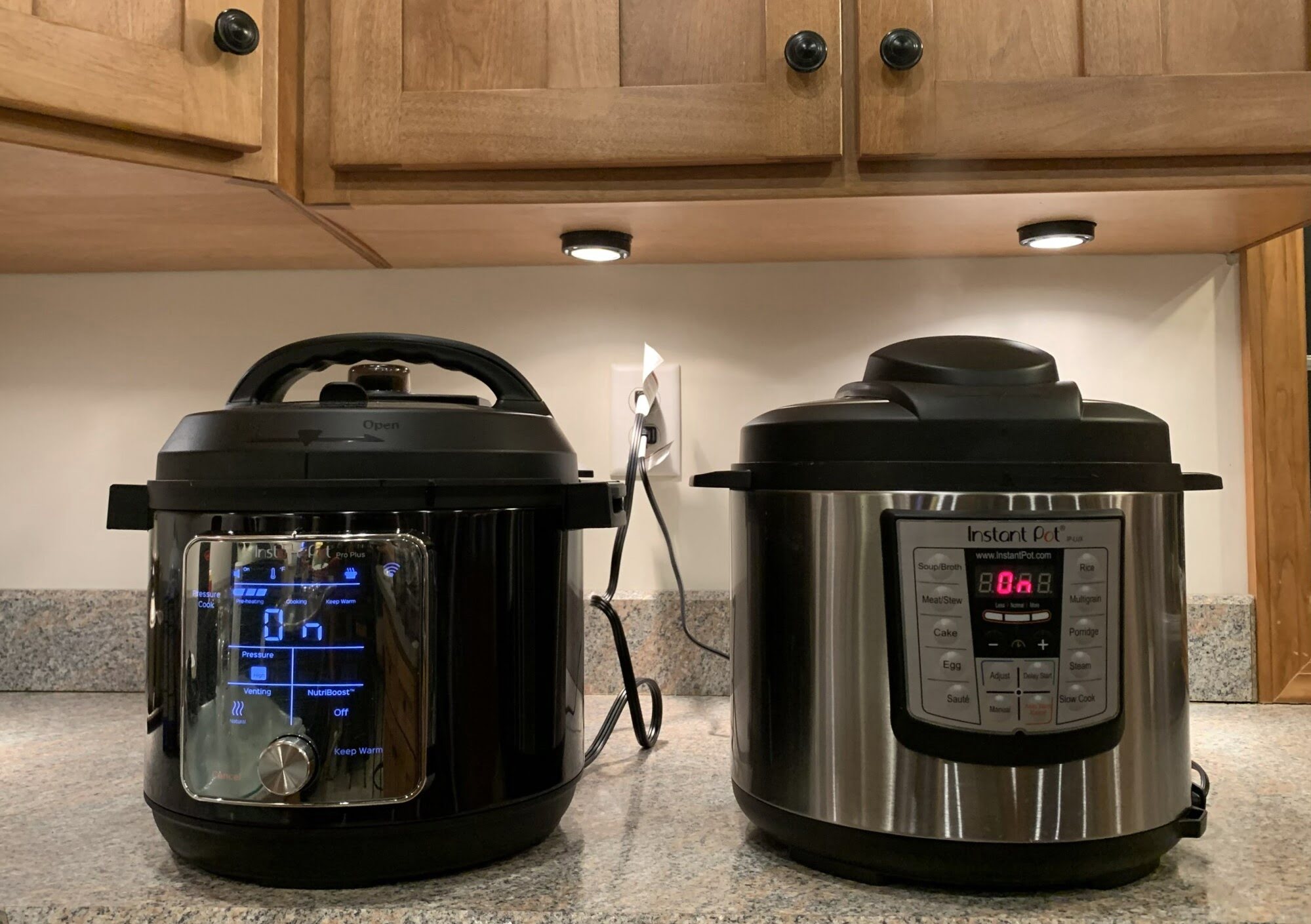
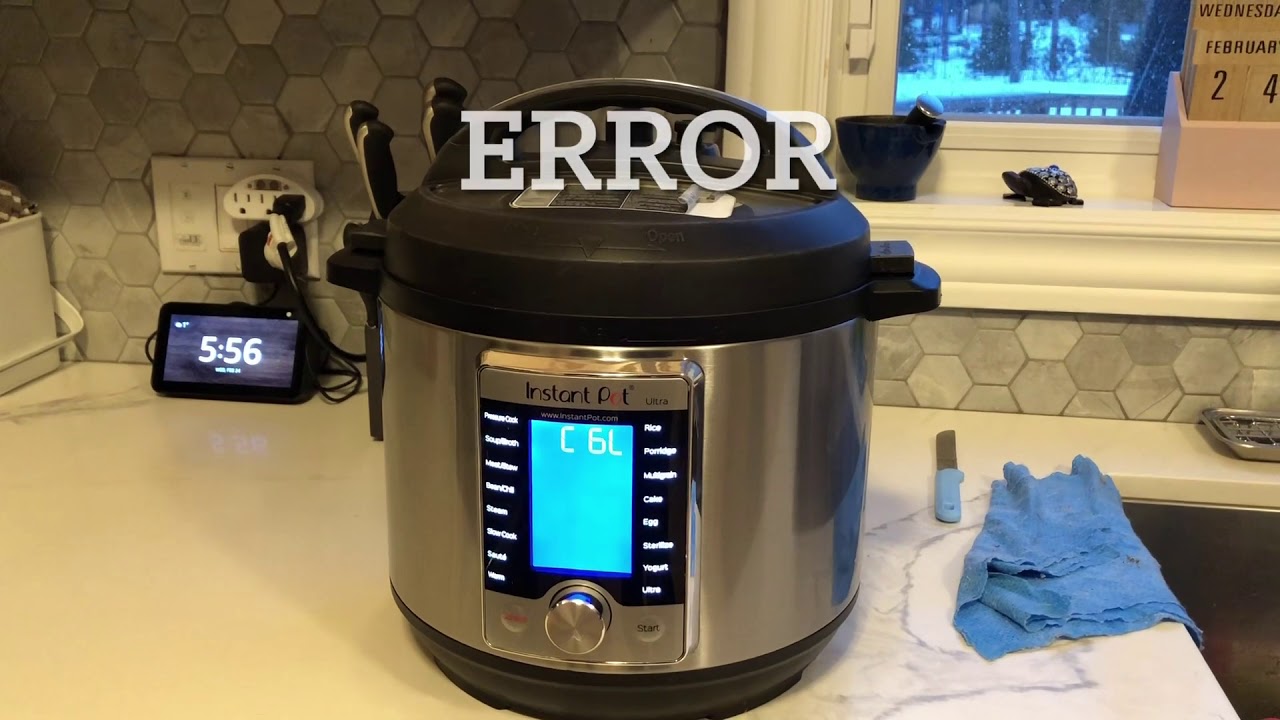
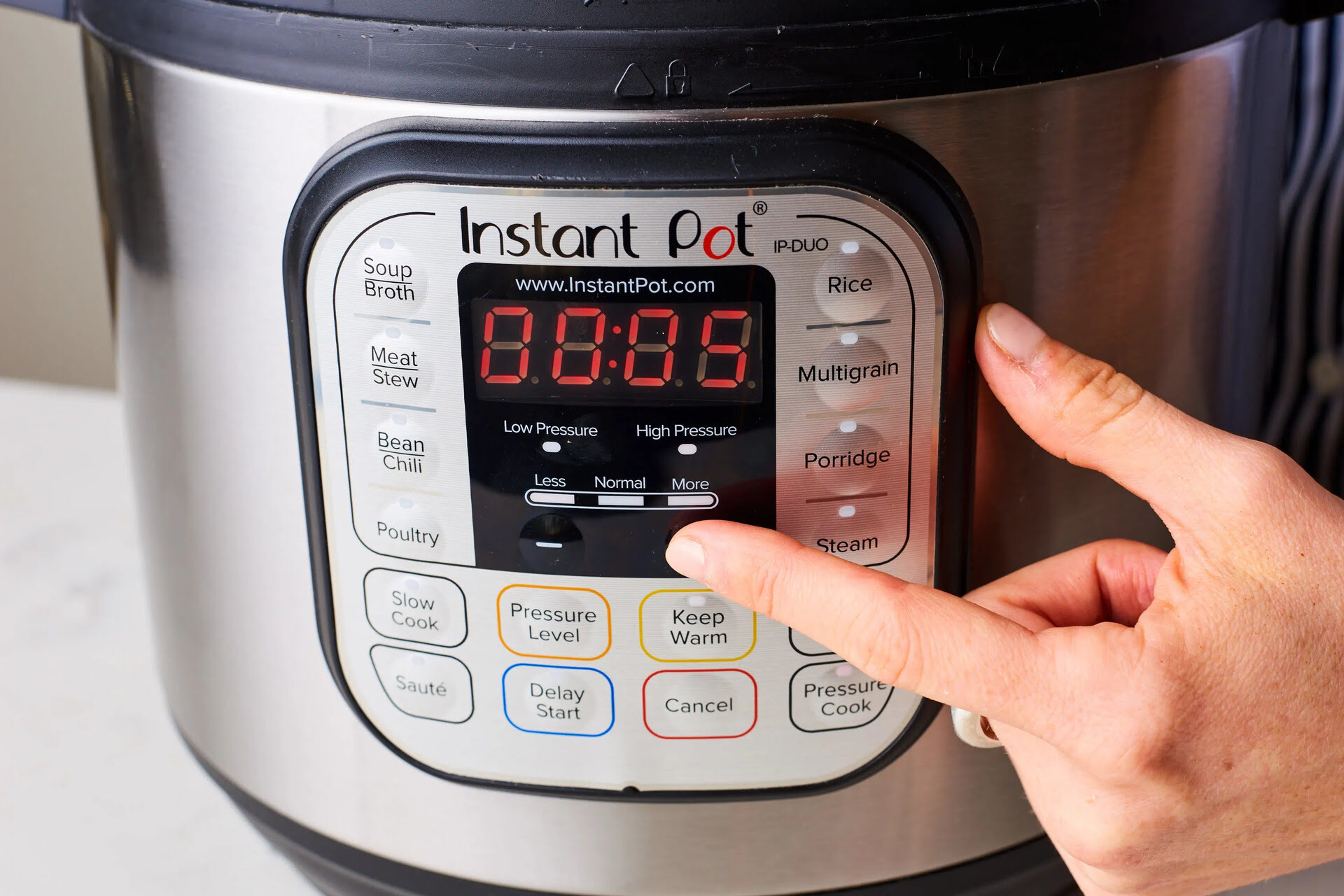
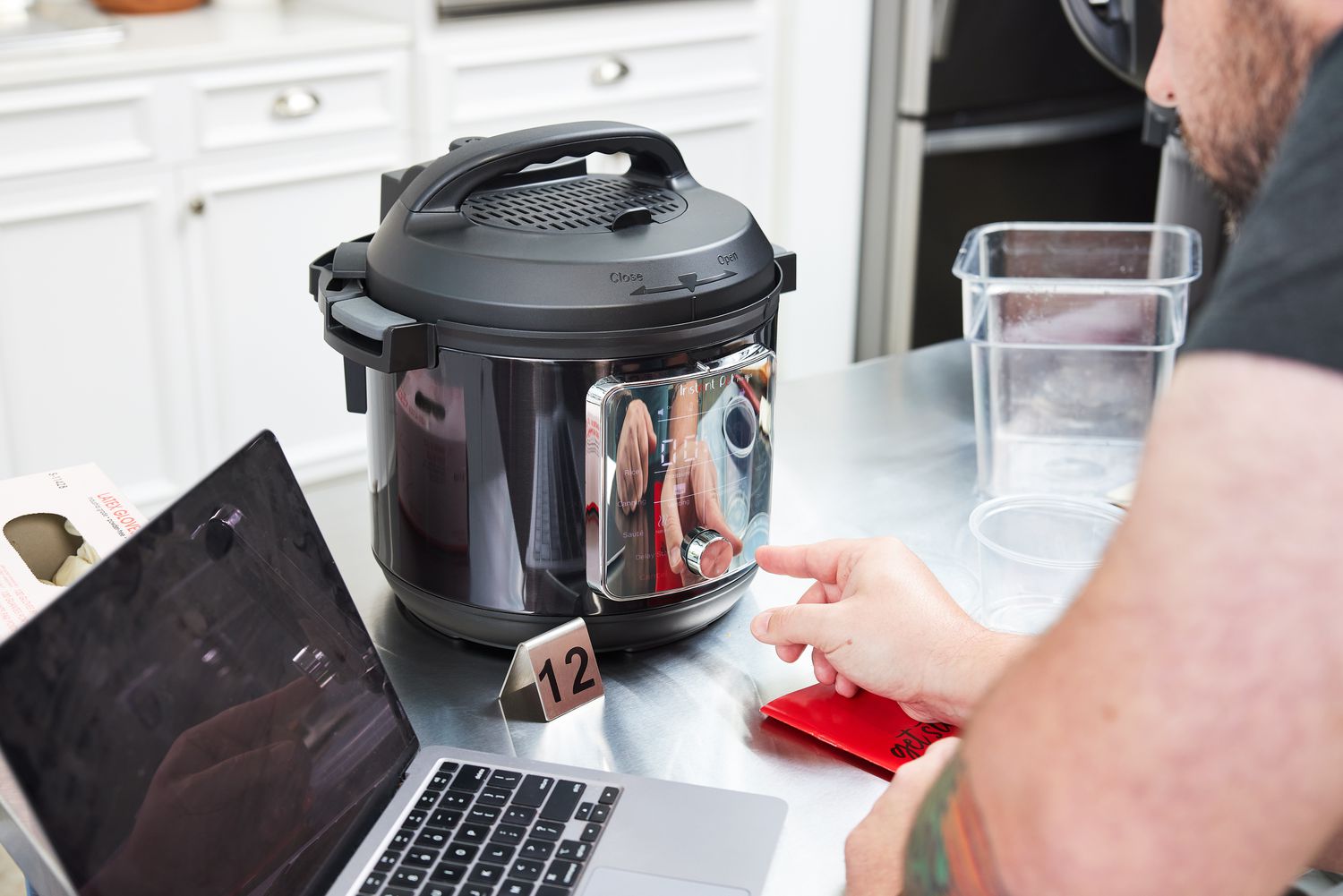
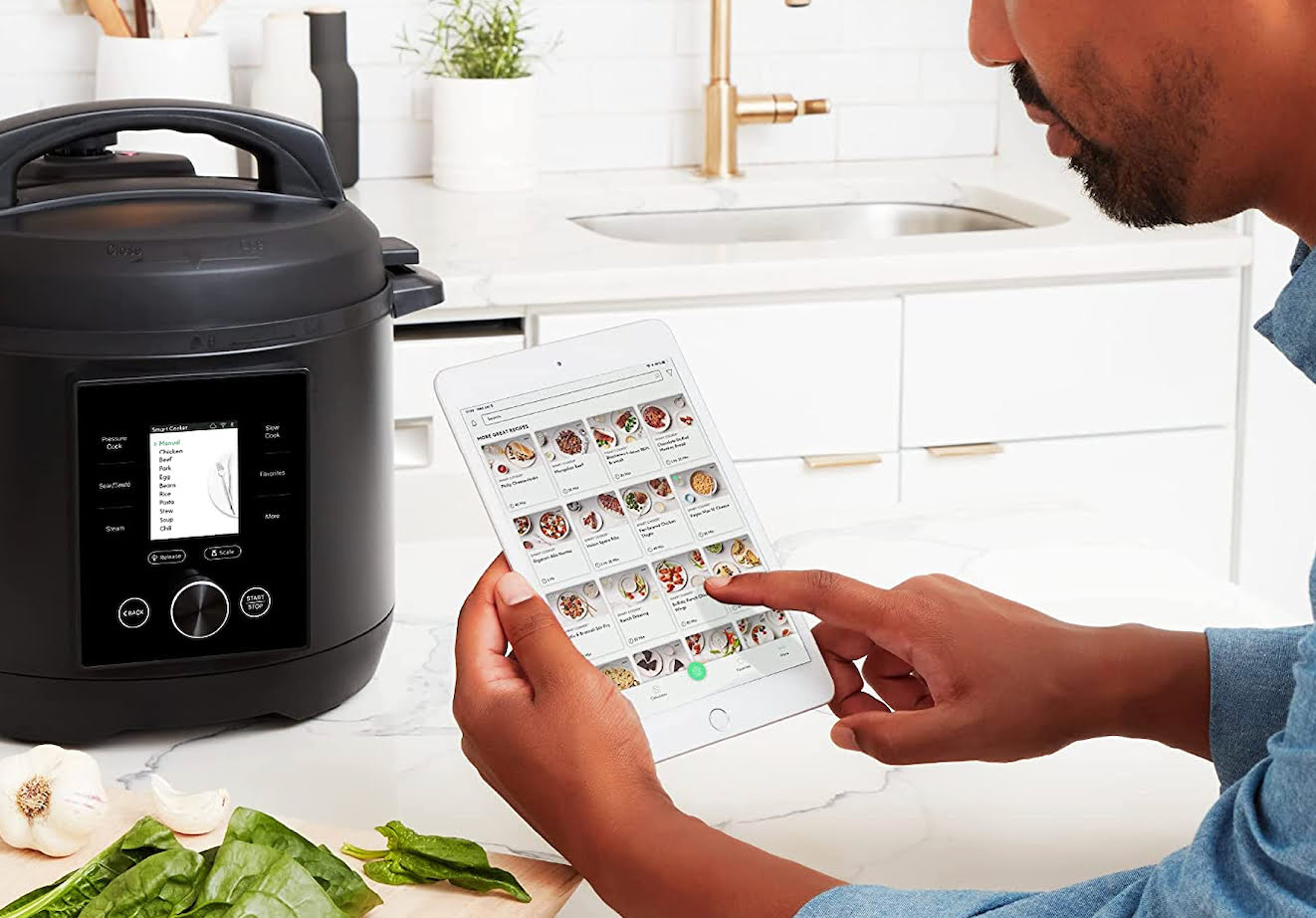
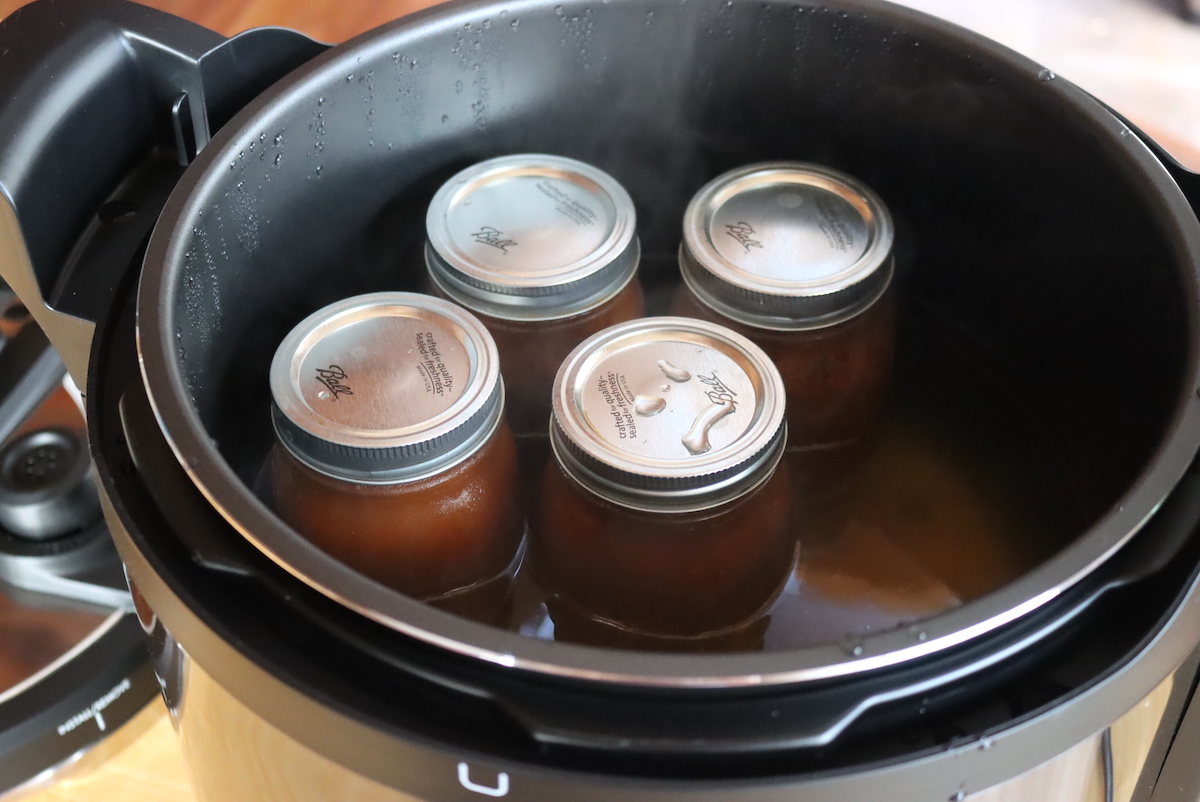
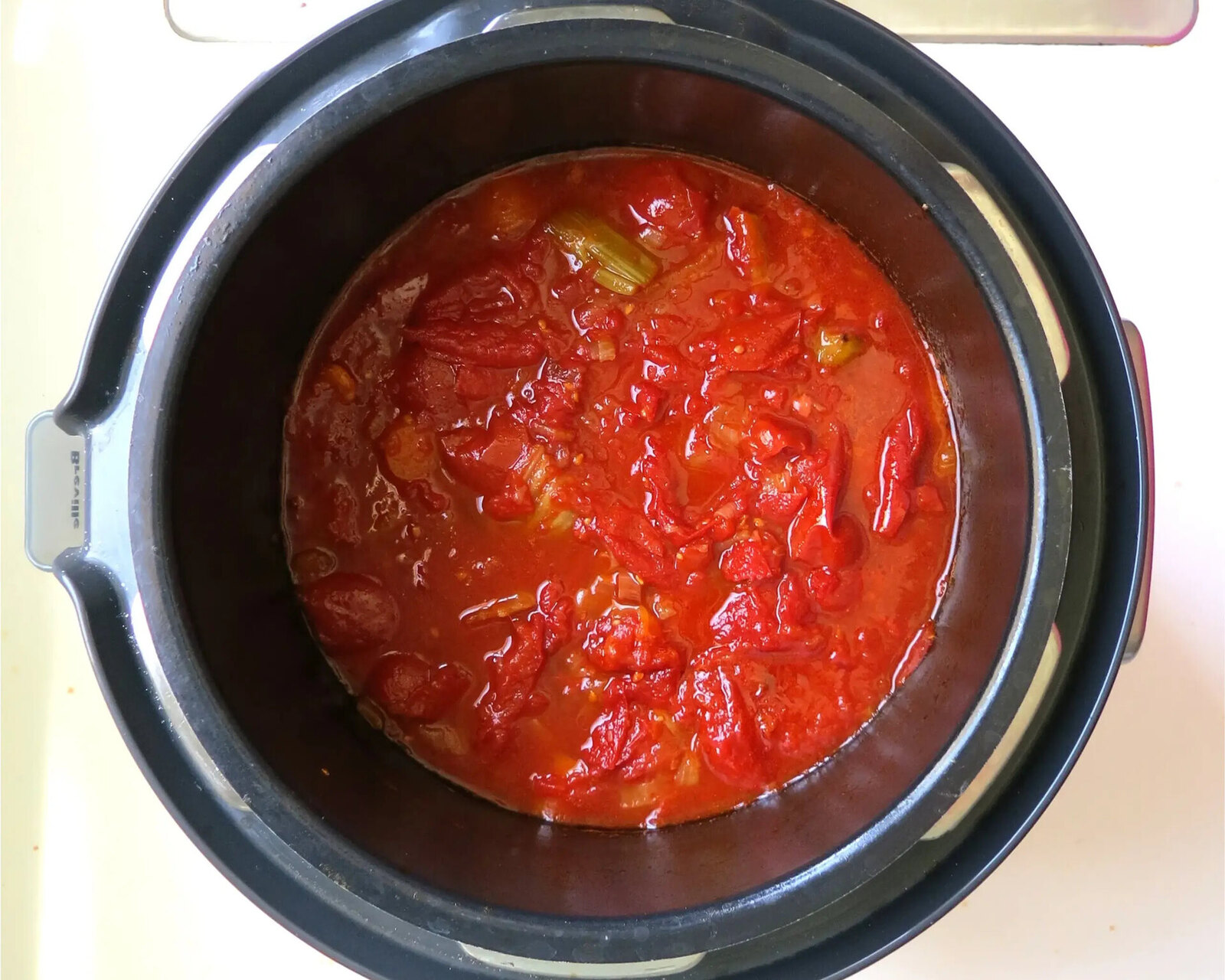
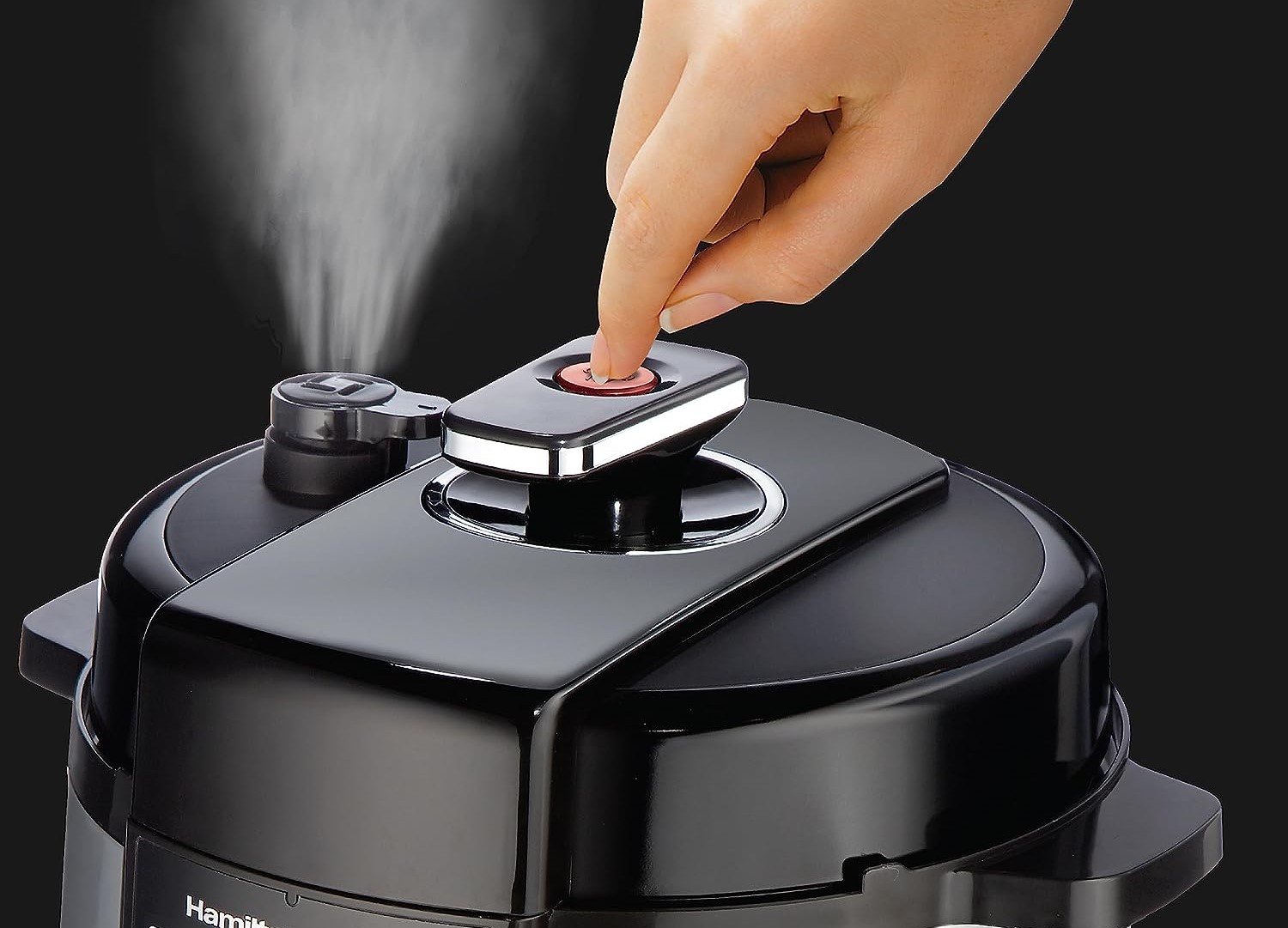

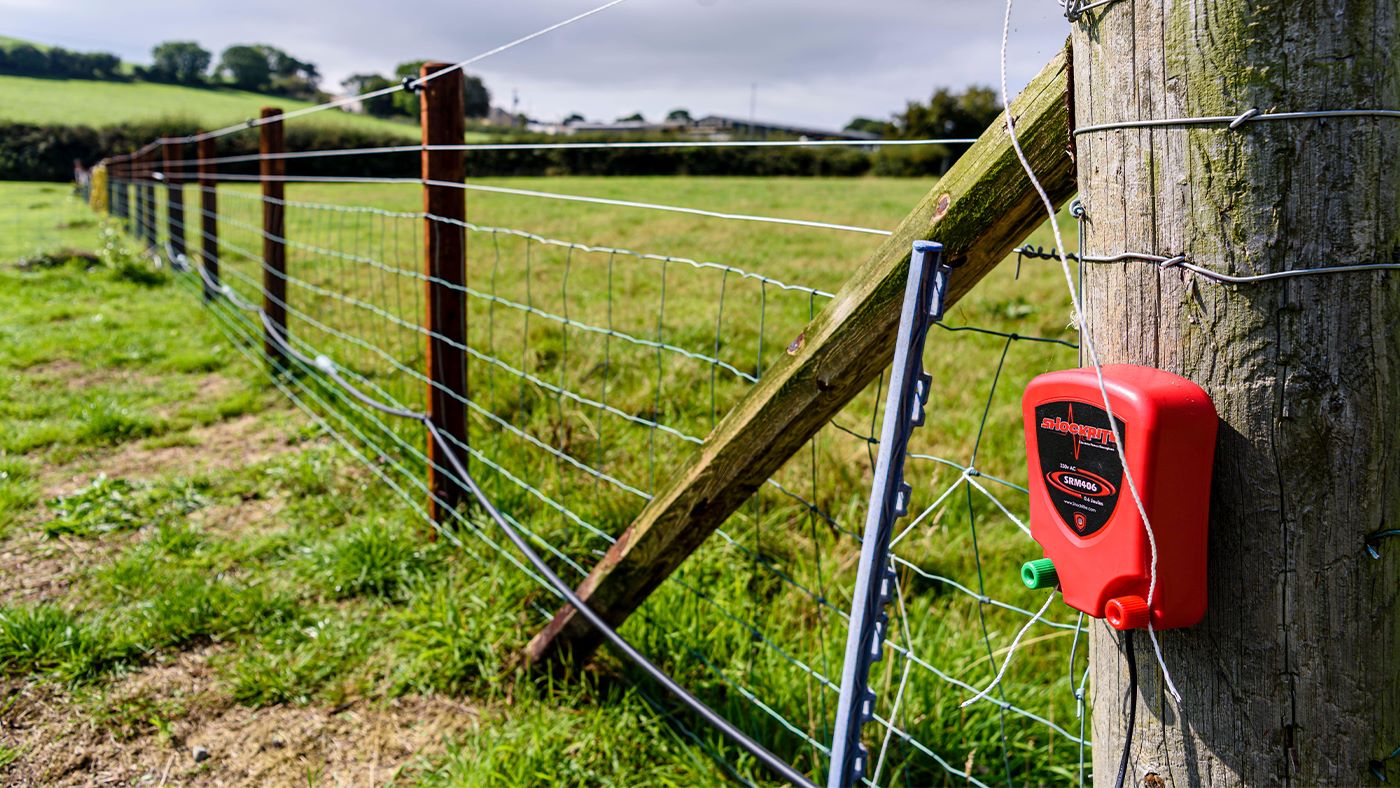
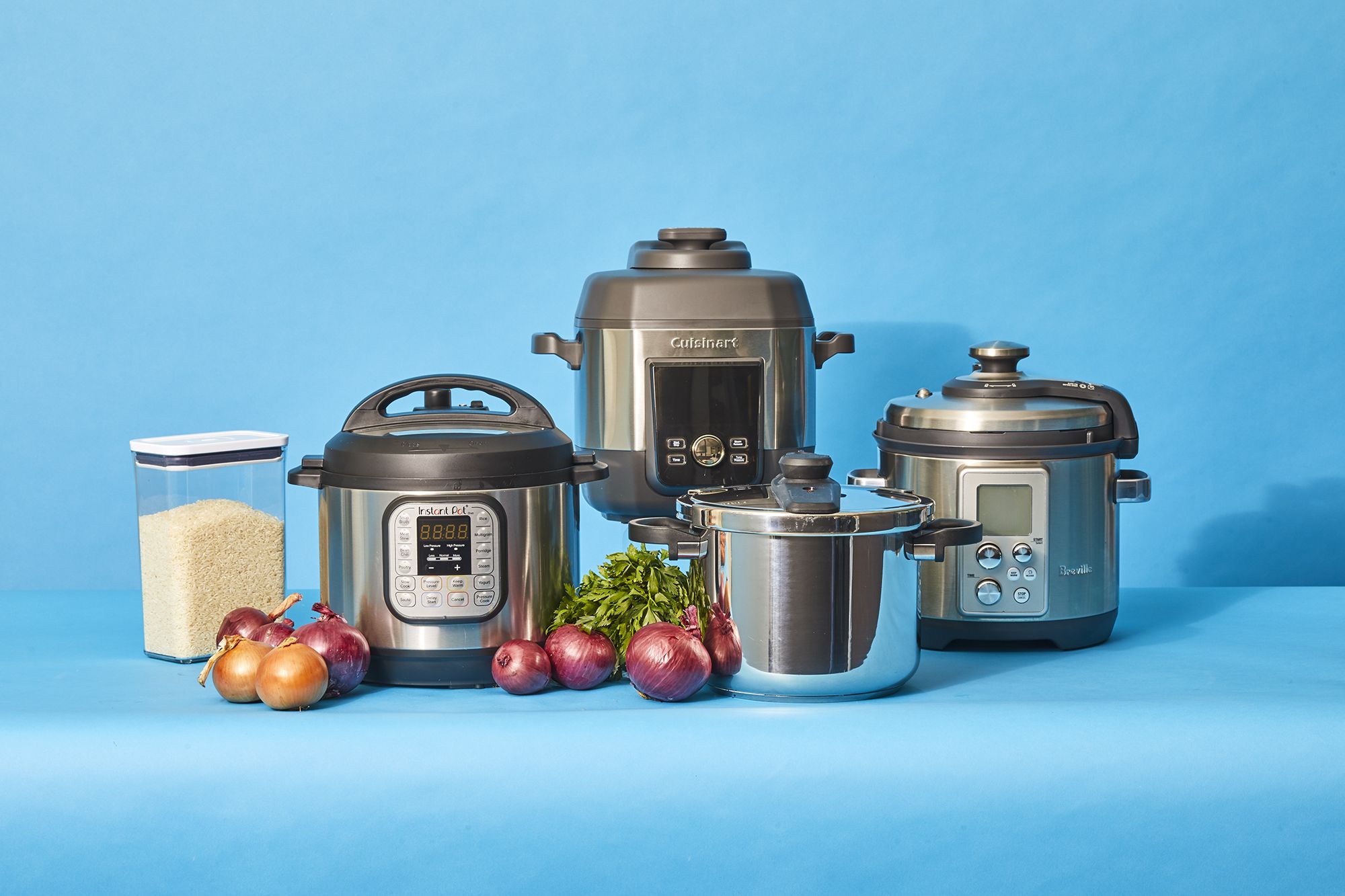
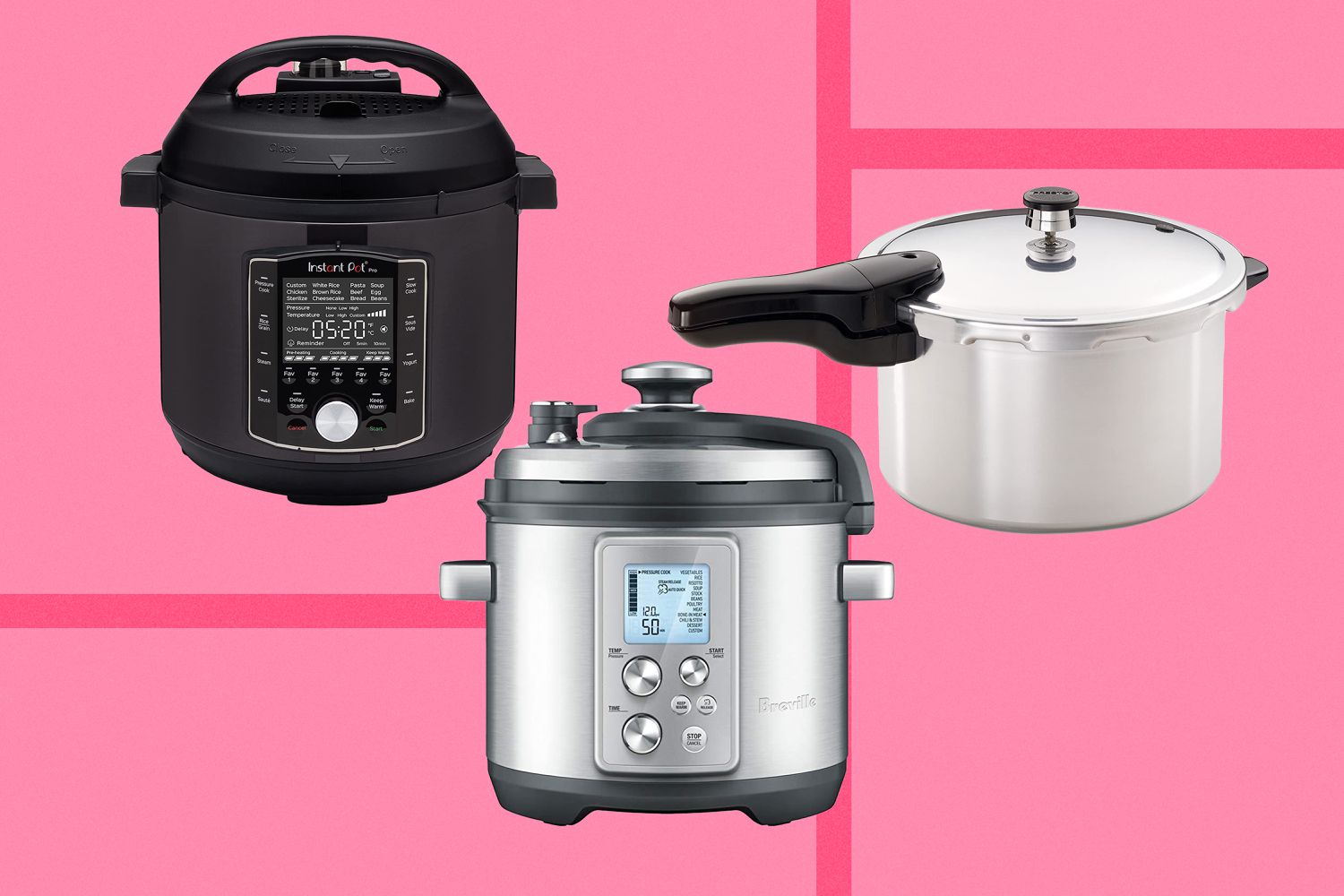
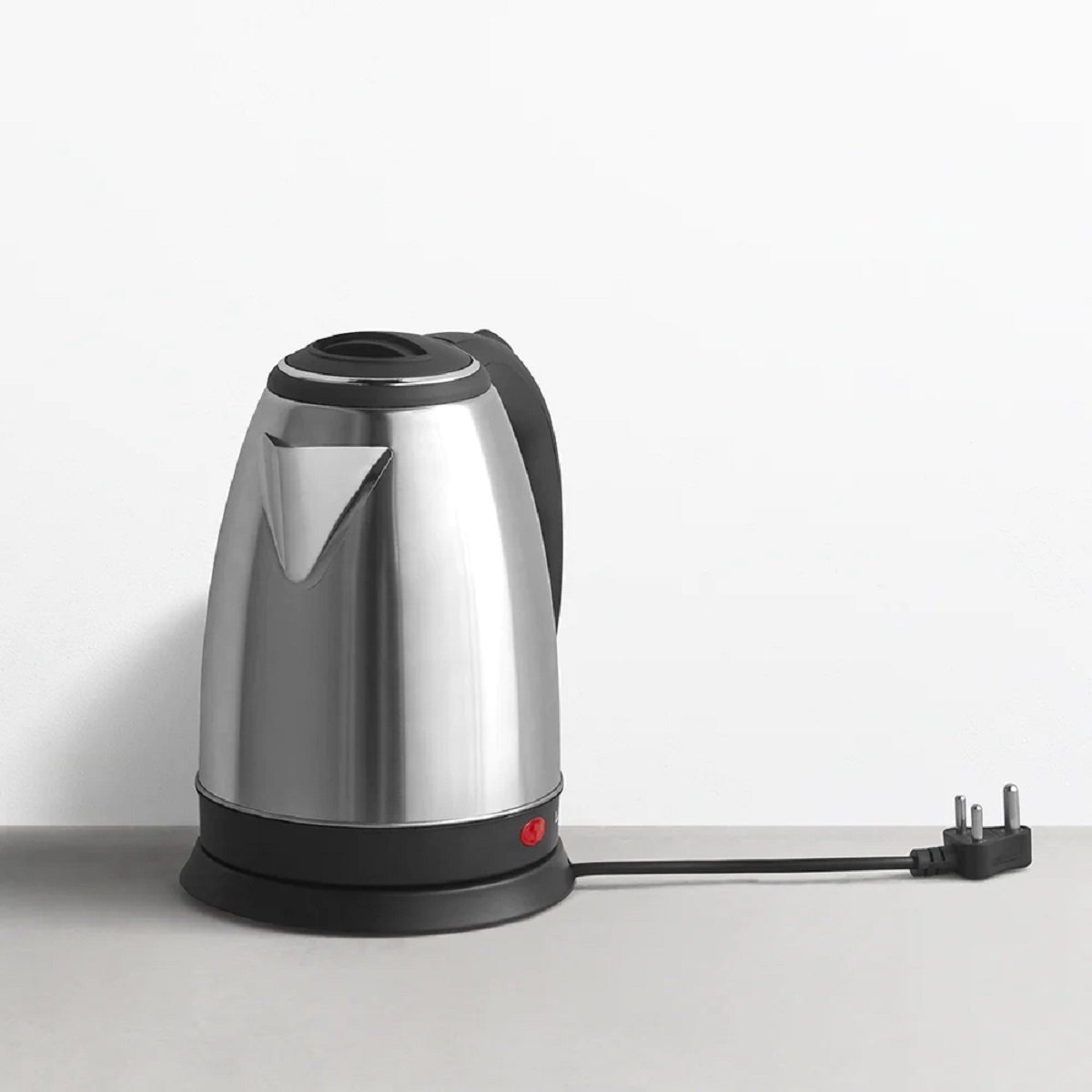

0 thoughts on “How Does An Electric Pressure Cooker Work”